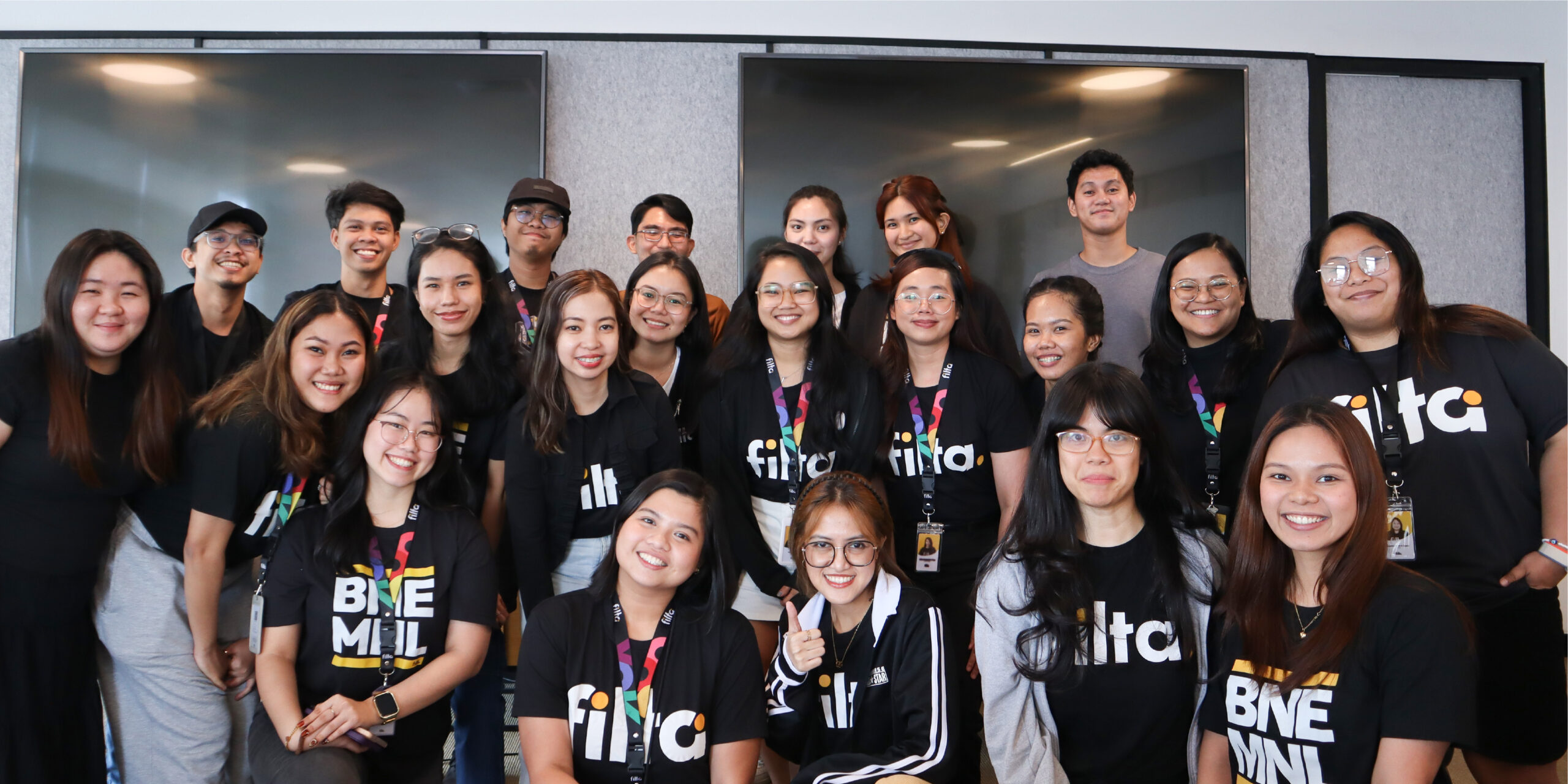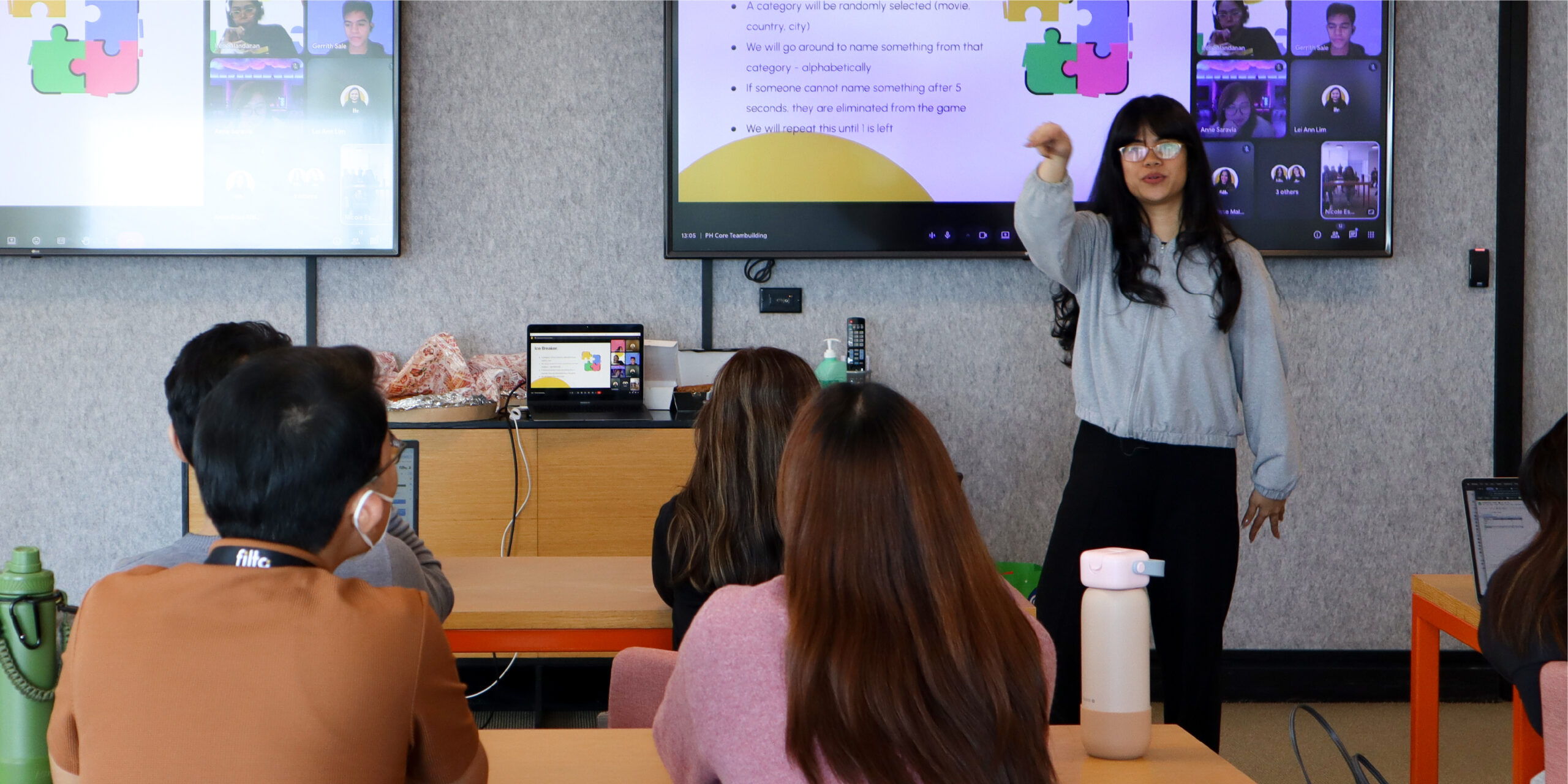Welcome to the global work stage, where cross-cultural cooperation is the name of the game. With teams spanning the planet, it’s no surprise that collaborating with colleagues from different cultures in a virtual workspace can be tricky. But! Don’t hang up your world-traveler hat just yet! With the right tools, you can build cultural bridges and knock it out of the park. In this blog, we’ll show you the top-notch strategies to rock your cross-cultural virtual workspace and make it a success.
1. Embrace Diversity
Diversity is a valuable asset in any organisation. In a virtual workspace, where team members can be spread across continents, embracing this diversity is crucial. Encourage team members to share their cultural backgrounds, traditions, and experiences. This not only creates a more inclusive environment but also sparks creativity and innovation.
2. Effective Communication
Communication is the lifeblood of any collaboration. In a cross-cultural virtual workspace, it’s even more vital. Misunderstandings can arise from differences in communication styles, language proficiency, or even time zones. To bridge this gap, establish clear communication protocols. Encourage team members to use plain and direct language, and promote active listening. Consider using tools like video conferences, instant messaging, and collaborative project management software to enhance communication and ensure that everyone is on the same page.
3. Cultural Sensitivity Training
Consider offering cultural sensitivity training for your team members. This can help bridge cultural gaps by increasing awareness and understanding of different customs, norms, and expectations. Training can address issues such as body language, greetings, and hierarchy in different cultures, making it easier for team members to interact respectfully and effectively.
4. Common Goals and Values
While celebrating diversity, it’s also important to establish common goals and values that unite your team. What is your organisation’s mission and vision? What are the shared values that drive your work? Make sure that everyone understands and identifies with these principles, as they serve as the glue that binds a diverse team together.
5. Regular Virtual Team Building
Virtual team-building activities are not only fun but also essential for building rapport and trust among team members. Organise online team-building sessions that incorporate elements from various cultures. Whether it’s a virtual international cooking class, a cultural exchange session, or a shared storytelling event, these activities foster connections that go beyond work.
6. Time Zone Management
Time zone differences can be a challenge in cross-cultural collaboration. It’s crucial to find a balance that respects everyone’s working hours. If possible, establish overlapping work hours where all team members can be online simultaneously. For important meetings, rotate the meeting times to accommodate different time zones, ensuring that no one is consistently inconvenienced.
7. Transparent Decision-Making
Transparent decision-making is essential for cross-cultural collaboration. When decisions are made openly, it reduces the chances of misunderstandings and builds trust. Ensure that the decision-making process is clear to all team members, and provide opportunities for input and feedback. This creates a sense of ownership and involvement, fostering a more collaborative atmosphere.
8. Conflict Resolution Mechanisms
In diverse teams, conflicts may arise due to differing cultural norms and communication styles. It’s vital to have a structured conflict resolution process in place. Encourage team members to address issues openly and constructively. Mediation or the involvement of a third party can help resolve disputes when necessary.
9. Flexibility and Adaptability
Adaptability is a key trait in cross-cultural collaboration. Encourage your team members to be flexible and open to new ways of doing things. This adaptability is especially important when navigating varying work styles and practices.
10. Continuous Learning and Feedback
Cross-cultural collaboration is an ongoing process. Encourage continuous learning and feedback from your team members. What works in one cultural context may not work in another, and being receptive to improvement is essential.
Conclusion
Virtual cross-cultural teamwork is a thrilling experience that can lead to fantastic rewards. Imagine a world where everyone’s unique backgrounds and ideas come together to create a powerhouse of innovation! It’s all about embracing diversity, communicating effectively, being culturally aware, setting common goals, and bonding with your team through fun activities.
By following these principles, companies can supercharge their teams and create a global community driven by a shared purpose. The world is shrinking day by day, and cross-cultural teamwork is a must-have skill in today’s workforce. It’s not just about working together, it’s about transcending boundaries, expanding our horizons, and achieving extraordinary things!



